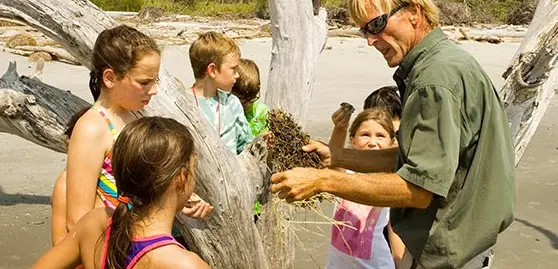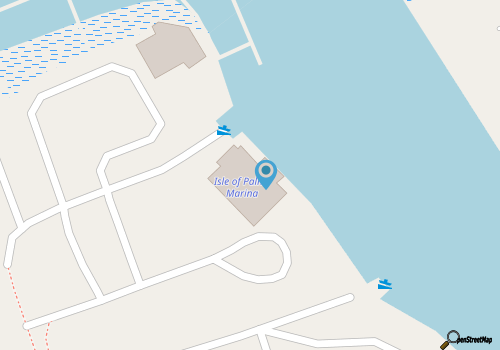$32 per Student • 4.5 hours • An amazing experience for K-12
duration: 4.5 Hours
pricing: Student: $32
Lunch is available for an additional charge (includes hamburger, hot dog, fruit snacks, and water).
description: #Field trips and school programs for K-12!
Scientific Process and Inquiry Skills are promoted and reinforced throughout the field trip as students learn about organisms, habitats, communities, and ecosystems, as well as the environmental and geological factors that influence them.
The first part of our South Carolina field trips will be spent on the boat exploring the tidal creeks of the salt marsh. Depending on the grade level of the group, different topics will be discussed including: Spartina grass and its role, plant/animal species identification, adaptations, oyster bed communities, species diversity, marsh hammock ecology, geology of the salt marsh, and the importance of the salt marsh to humans and the Atlantic Ocean.
The students are able to experience and learn about marine life as their knowledgeable and well versed naturalist pulls crab and habitat traps. The specimens caught are put into an aquarium and discussed by your naturalist.
The second part of the trip will be spent on the beach at Capers Island State Heritage Preserve. With over 2000 acres, Capers Island is a pristine barrier island which was bought by South Carolina in 1975 for the purpose of preserving it in its natural state.
On Capers Island there is a diversity of shells and our guides have fascinating facts about the lives of the animals which made them. Other topics such as sediments, barrier island formation, sand dune function, loggerhead sea turtles, erosion and deposition, beach ecology, and the maritime forest can be discussed. Capers Island is an excellent example of erosion and deposition. Most of the island has been eroding for many years, and the presence of dead trees along the tide line provides a stark visual image of the process we call erosion. Another illustration the island offers is that of deposition, as evidenced by the significant formation of sand dunes over the salt marsh at the southern end.
shane-and-kids-on-skiff-crab-trap-girlGroups also have the option to hike a mile long trail that winds its way through the island before opening onto “Bone-yard Beach”. Along the trail you will pass through different habitats including salt marsh, a fresh water pond, a large brackish water impoundment, the maritime forest, and an extensive dune field. These interior ponds allow for plant and animal diversity along the trail and are a home to several shy alligators. Along this path our staff will discuss topics including alligators, bird life/identification, uses of the maritime forest by humans, plant identification and adaptations.
If you are looking for an educational field trip your students will never forget, you must give Barrier Island eco tours a call. Our school programs are aligned with the South Carolina Curriculum Science Standard.
what_to_bring: - Weather appropriate clothing. It is always much cooler on the water so it is good to wear warmer clothing than you normally wear.
- If there is a chance of rain, please bring rain coats and umbrellas.
- Shoes that you don’t mind getting a little wet or sandy.
- Cameras are welcome.
About Barrier Island Eco Tours
Naturalist-guided excursions exploring the salt marshes and islands off of Charleston, SC
School Group - $0.00 + tax
Luxury Condo located just mins. from the beach! Roomy 2 bedroom/ 2 bathroom condo with tons of space! Bedroom 1 has a king size bed with a huge bathroom, jetted tub, walk in closet. Bedroom 2 has a queen and also a twin bed with a full bath. Living...
On February 17th 1864, the city of Charleston, deep in the throes of the Civil War, made history with a small 8 men crew that was stationed in a revolutionary new vessel in the Charleston Harbor. The H.L. Hunley was an experimental new addition to...







